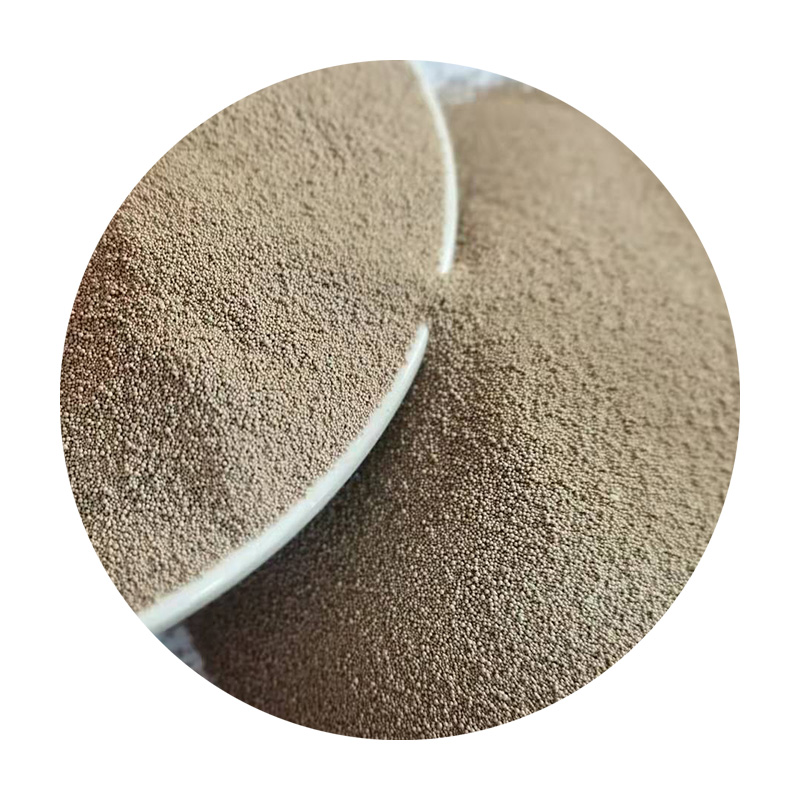
sand cast. The process can be time-consuming, particularly for larger parts that require extensive cooling and solidification times. Additionally, the need to create new molds for each part can make production slower and less efficient compared to other casting methods, such as investment casting or die casting. Another challenge of sand casting is the potential for defects in the final product. Issues such as porosity, shrinkage, and sand inclusions can arise during the casting process, leading to structural weaknesses and cosmetic imperfections. However, with proper mold design, material selection, and casting techniques, many of these issues can be minimized or eliminated altogether. In conclusion, sand casting is a versatile and cost-effective method of metal casting that has been used for centuries to produce a wide range of parts and components. While it may have some limitations and challenges, with the right techniques and practices, sand casting can yield high-quality, accurate, and detailed metal products suitable for a variety of applications. Whether you are a hobbyist working on a small project or a manufacturer producing large quantities of parts, sand casting offers a reliable and efficient way to bring your designs to life. Post time:7월 . 10, 2024 20:25
Next:Super sands for endless fun and creativity with unique magical properties perfect for play.
